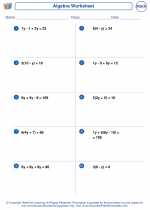Solving linear equations -> continuous quantities
Continuous Quantities
Continuous quantities are values that can take on any value within a given range. They are not restricted to specific, distinct values and can be measured with any level of precision. Examples of continuous quantities include time, distance, temperature, and weight.
Characteristics of Continuous Quantities
- Infinity of Possible Values: Continuous quantities can take on an infinite number of values within a given range.
- Unrestricted Precision: They can be measured and represented with any level of precision, including decimal values.
- Smooth Transitions: Changes in continuous quantities occur smoothly without abrupt jumps or gaps.
Representation of Continuous Quantities
Continuous quantities are often represented using real numbers, and their values can be visualized on a number line. Graphs, charts, and diagrams are commonly used to represent the behavior and changes in continuous quantities over time or other variables.
Examples of Continuous Quantities
- Temperature: The temperature of an object can take on any value within a given range and can be measured with varying levels of precision.
- Time: Time is a continuous quantity that can be measured in fractions of a second, seconds, minutes, and so on, without any restriction on the values it can take.
- Weight: Weight is a continuous quantity that can be measured with any level of precision, including decimal values.
- Distance: Distance is a continuous quantity that can take on any value within a given range and can be measured with different units and levels of precision.
Study Guide for Continuous Quantities
When studying continuous quantities, it's important to understand the concept of infinite possible values and unrestricted precision. Practice representing continuous quantities on number lines and graphs, and consider real-life examples to illustrate the characteristics of continuous quantities. Additionally, work on solving problems involving continuous quantities to strengthen your understanding of their behavior and measurement.
It's also helpful to explore the application of continuous quantities in various fields, such as physics, engineering, and economics, to see how they are used to model and analyze real-world phenomena.
.◂Math Worksheets and Study Guides Eighth Grade. Solving linear equations
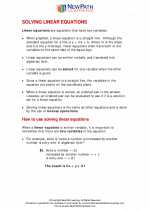
 Worksheet/Answer key
Worksheet/Answer key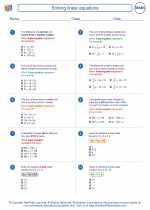
 Worksheet/Answer key
Worksheet/Answer key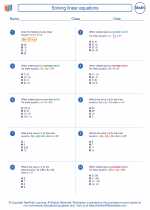
 Worksheet/Answer key
Worksheet/Answer key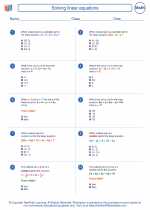
 Worksheet/Answer key
Worksheet/Answer key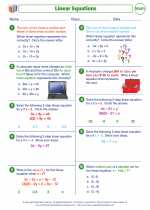
 Worksheet/Answer key
Worksheet/Answer key